Matchbox cars are presented in numerical order within each of the above chapters.
The listing below each photo contains the Matchbox number, a description, year of release, and value. The abbreviation MIMB stands for Mint-In-Mint-Box and is the highest condition grade issued to a car. It implies that not only is the car in mint condition, so is its box. See p.11 for a further explanation of condition.
Introduction
Welcome to the hobby of Matchbox toys. Matchbox has offered a vast array of toys throughout its 55+ years of history.
This guide concentrates on the castings from the 175 line of toys. The popular 175 line features vehicles in close to 1:64 scale and are most recognizable to collectors as Matchbox cars. Die-cast toy cars about 3 in length are often called Matchbox even if they were made by other companies. I will leave it to others to chronicle the King Size, Convoys, and other lines. These toys can be broken up into three eras. The first era of models is called Regular Wheels.
Characterized by a thick nail axle with heavy metal or plastic wheels, Regular Wheels were made from 1953 until 1969. These realistic models are finely detailed and required a child's imagination for motion and play value. Almost exclusively, Regular Wheels were packaged in individual Matchbox boxes that featured a picture or drawing of the individual model. The second era of models is Lesney Superfast. These toys were necessitated by the 1969 release and rapid popularity of Mattel's Hot Wheels. Lesney had to convert their slower-moving models to the new speed wheels.
To compete with the new die-cast upstart, Superfast models gradually employed wild colors and big engines similar to those of Hot Wheels cars. The Lesney Superfast era ended with the bankruptcy of Lesney in 1982. The era of Made in England also ended with Lesney. Models were still available in boxes, but the use of blisterpacks became more common in the late 1970s, and the remaining boxes were generic in appearance by the end of the Lesney Superfast era. 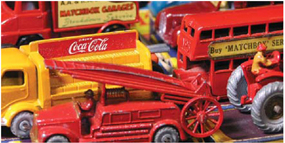 The third era of Matchbox toys is the Post Lesney 175. These are the models made by the other companies that have owned the Matchbox name since Lesney was sold and are typically manufactured in countries such as China, Macau, and Thailand.
The third era of Matchbox toys is the Post Lesney 175. These are the models made by the other companies that have owned the Matchbox name since Lesney was sold and are typically manufactured in countries such as China, Macau, and Thailand.
Almost exclusively available in blisterpack form, Matchbox packaging ceased to be of great collecting interest during this era. Collectors pursue each era enthusiastically. With more than 50 years of history, you will never get bored or come to the end of collecting Matchbox toys. A small collection of Models of Yesteryear are shown in a separate chapter. The Models of Yesteryear debuted in 1956 and were produced through the 1960s. They have fallen out of favor with new collectors, and prices are down from historic highs, so now is the time to start your collection.
These finely-detailed models are great examples of state of the art die-cast toys. This book is a good introduction to Matchbox toys as it shows the most readily available models and includes values for each. This should provide collectors with a good sampling of value by era. I will give some collecting tips and resources for further study. Hopefully, this will be a first of a personal library of toy books fueling your collecting interests. Tom Larson
matchboxtom@cs.com Thanks to my friends in Matchbox Northwest and MCCH for all of their help.
We all miss our fellow collector Jerry Foster.
History
Two school friends, Leslie Smith and Rodney Smith, started Lesney Products. They met again in the English Royal Navy in 1940 and decided they would like to form a company after the war was over. The company was created in 1947 with government surplus die-casting equipment and housed in an old tavern in Edmonton, London. The Lesney name was a composite of the two owner's first names. They decided to make pressure die-casting products for industrial use.
Lesney was one of several companies making small die-cast pieces in London at the time, and both founders retained their day jobs for many years. Jack Odell joined Lesney early on and was called upon for his skill in die-casting. He became a key member of the Lesney team. Because of the English tax system, reduced orders for goods during the last few months of the year made business pretty slow. Many of the die-cast companies made Christmas toys during this slow time. Lesney produced its first toy, the Aveling-Barford Road Roller, and sold to a few local London shops in 1948.
This toy was much larger than the later Matchbox series of toys. Over the next few years Lesney released a variety of toys including vehicles, animals, and horse drawn wagons. In 1953, Lesney started the Matchbox series by creating smaller versions of some of the early large toys. The first three were a Road Roller, Dumper, and Cement Mixer. Since Lesney did not want to take on the marketing, packaging, and distribution of their toys they teamed up with the Moko Company to handle distribution. The early boxes read, A Moko Lesney Toy.
Moko received a percentage of the selling price and put their name on all toys they distributed no matter what company manufactured them. Moko owned 50% of the Matchox trademark. Around this time Rodney Smith left Lesney and Jack Odell helped manage the company with Leslie Smith. Lesney bought out Moko in 1958 and fully owned the Matchbox series. The boxes were changed to read, A Lesney Product. Lesney created the Models of Yesteryear line in 1956 and Major Pack line in 1958.
Lesney quickly expanded to other markets in Europe, Asia, and the U.S. Fred Bronner became the sole U.S. distributer of Matchbox in this period and Lesney bought him out to create Lesney Products (U.S.A.). Bronner became the first president. The 1960s was a high flying period for Lesney as the King Size models debuted and the company shipped some six million toys per week to nearly every country in the world. In 1969, Lesney and Matchbox faced their biggest challenge yet.

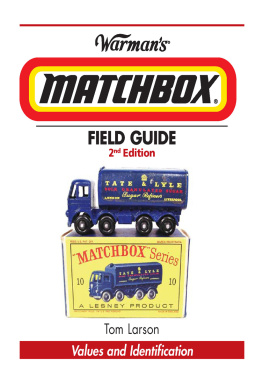
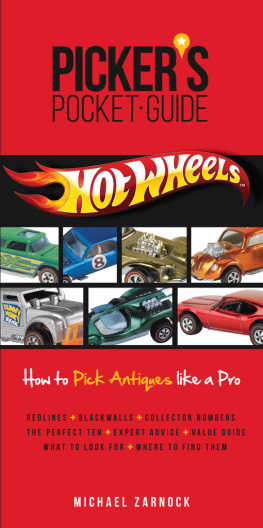
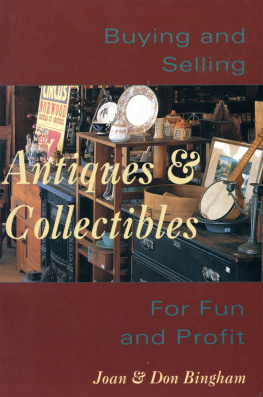
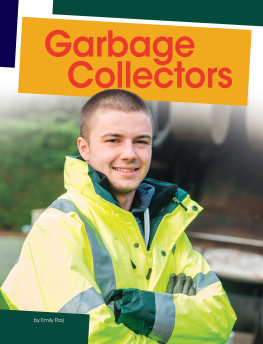
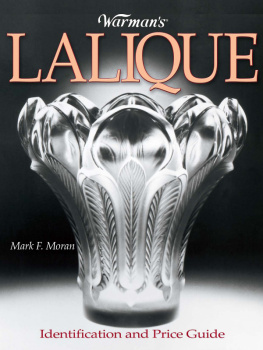
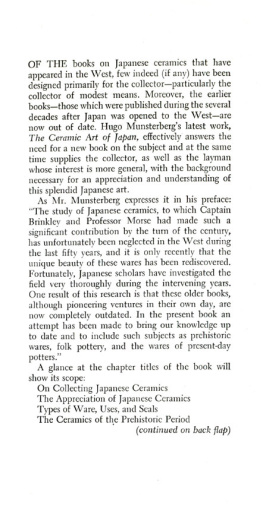
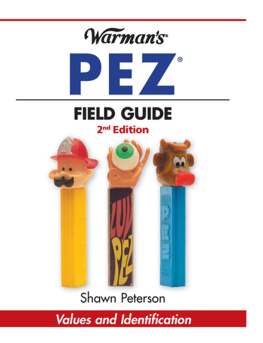

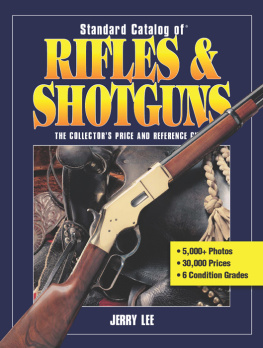
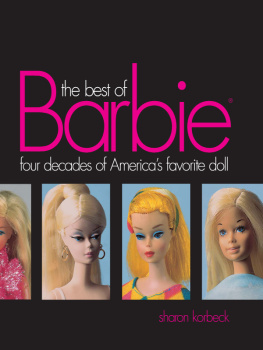


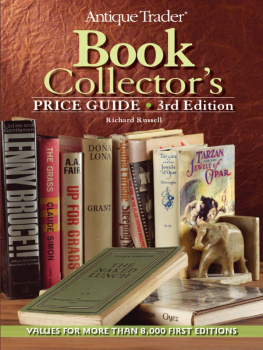
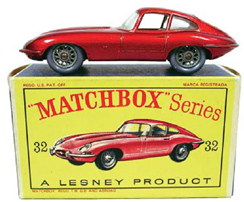 Tom Larson Values and Identification 2008 Krause Publications
Tom Larson Values and Identification 2008 Krause Publications Our toll-free number to place an order or obtain a free catalog is (800) 258-0929. All rights reserved. No portion of this publication may be reproduced or transmitted in any form or by any means, electronic or mechanical, including photocopy, recording, or any information storage and retrieval system, without permission in writing from the publisher, except by a reviewer who may quote brief passages in a critical article or review to be printed in a magazine or newspaper, or electronically transmitted on radio, television, or the Internet. Library of Congress Control Number: 2007940512 ISBN 13: 978-0-89689-667-3 eISBN 13: 978-1-4402-1911-5 ISBN 10: 0-89689-667-6 Designed by Kay Sanders
Our toll-free number to place an order or obtain a free catalog is (800) 258-0929. All rights reserved. No portion of this publication may be reproduced or transmitted in any form or by any means, electronic or mechanical, including photocopy, recording, or any information storage and retrieval system, without permission in writing from the publisher, except by a reviewer who may quote brief passages in a critical article or review to be printed in a magazine or newspaper, or electronically transmitted on radio, television, or the Internet. Library of Congress Control Number: 2007940512 ISBN 13: 978-0-89689-667-3 eISBN 13: 978-1-4402-1911-5 ISBN 10: 0-89689-667-6 Designed by Kay Sanders The third era of Matchbox toys is the Post Lesney 175. These are the models made by the other companies that have owned the Matchbox name since Lesney was sold and are typically manufactured in countries such as China, Macau, and Thailand.
The third era of Matchbox toys is the Post Lesney 175. These are the models made by the other companies that have owned the Matchbox name since Lesney was sold and are typically manufactured in countries such as China, Macau, and Thailand.